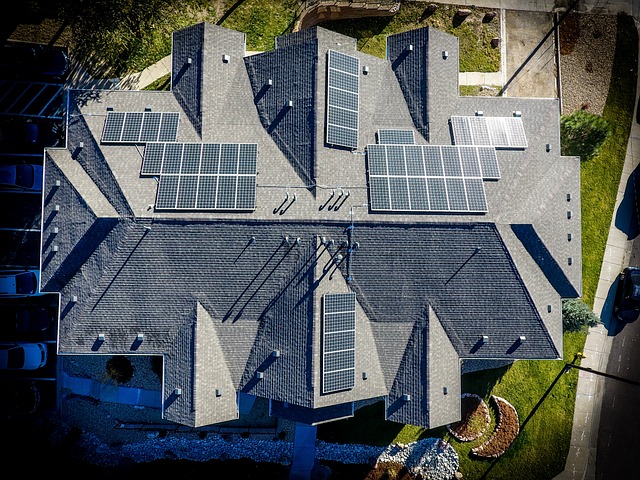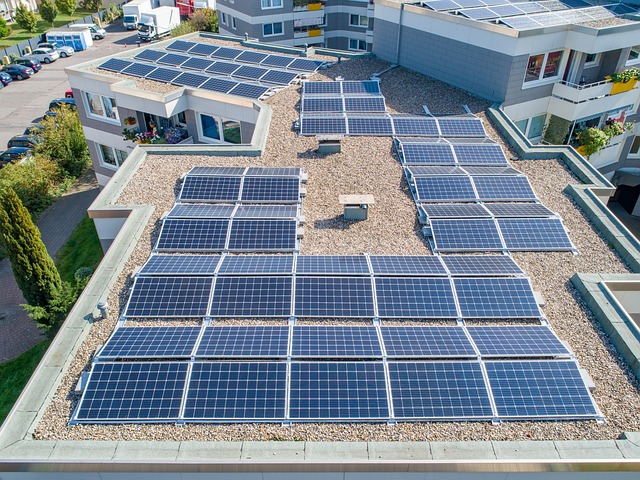Are you aware of the going solar process in Hawaii?
You may want to join thousands of Hawaiian homeowners who have switched to solar power. Solar energy will reduce your monthly electricity bills and fight climate change, but how can you get solar panels installed on your roof?
Knowing about your unique situation, such as the age of your roof, will help you make better solar purchasing decisions in addition to understanding the going solar process in Hawaii. If you’re wondering how to go green on the island, the following is the going solar process in Hawaii:
Going Solar Process In Hawaii
Below are the going solar process in Hawaii:
Choose the right solar installer in Hawaii
You can find out if your roof can support solar panels by consulting an installer. Start by looking up certified, insured installers online or getting referrals from those who have already switched to solar. Compare prices by having several installers inspect your roof.
Make sure the installation company you choose is both licensed and certified such as Pacific Energy. Also, its important to make sure you understand the terms and conditions of your contract when reading it, and don’t hesitate to ask questions. Here are tips for choosing the right solar installer in Hawaii.

Make sure your roof can support solar panels
You can assess whether your roof is suitable for solar energy by consulting a solar installer, roofing specialist, or structural engineer. Knowing when your roof was installed or renovated can be useful, but if you don’t know or are unable to contact the previous owners, your local government should have a record of the date it issued the building permit. If you install solar at the same time as replacing your roof, you may save money. This is one of the most important going solar process in Hawaii.
Calculate your electricity needs
You can determine how much power you require annually and seasonally by looking over your prior electricity bills. This is a good opportunity to do a home energy audit to determine whether you need to make any energy-saving upgrades to get the most out of your system.
Your installer might be able to use an analysis of your bills. Installers can use the bills in identifying your immediate and long-term energy requirements. Don’t forget to consider any current or upcoming alterations to your house that can have an impact on how you use it. For instance, you might have recently purchased new energy-efficient appliances. Or you might be about to purchase an electric vehicle that requires charging. Read about essential reasons to go solar in Hawaii.
Going solar process in Hawaii: finance options
You can get a solar system outright or with a solar loan, depending on the buyer. Solar tax credits and incentives are available when you own a system, but not when you lease.
Some solar loans enable you to benefit from the federal investment tax credit upfront. You can access these loans by allowing the loan provider or solar installer to claim the credit in exchange for a lower system cost or loan amount, . You can either sign into a power purchase agreement. in which case you would buy the electricity your system produces based on a defined price per kilowatt-hour. Or you can pay a leasing business a fixed monthly payment for the usage of your PV system.
Going solar process in Hawaii: Permits and inspections
Provide your installer with the details they need to arrange the inspections and secure the permits the government requires. The installation of a PV system often takes a few days. Obtaining the required permissions and inspections might take weeks or months depending on the laws in your island.

